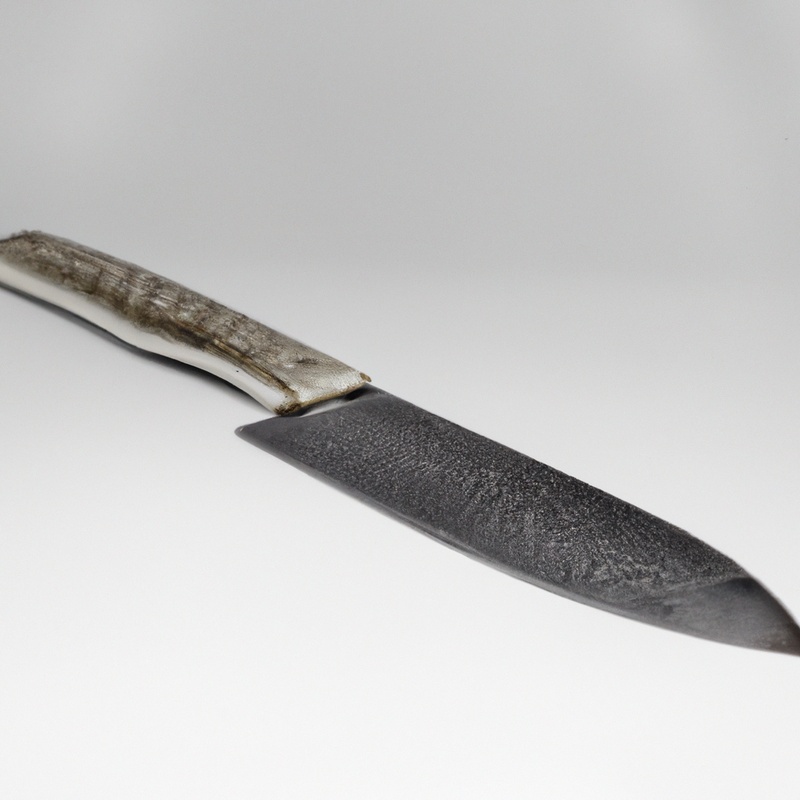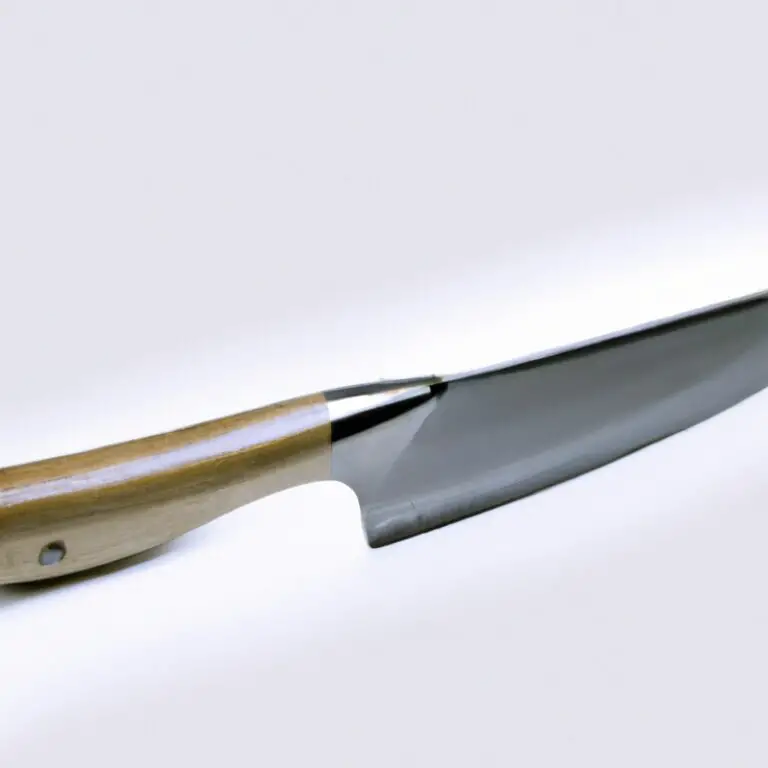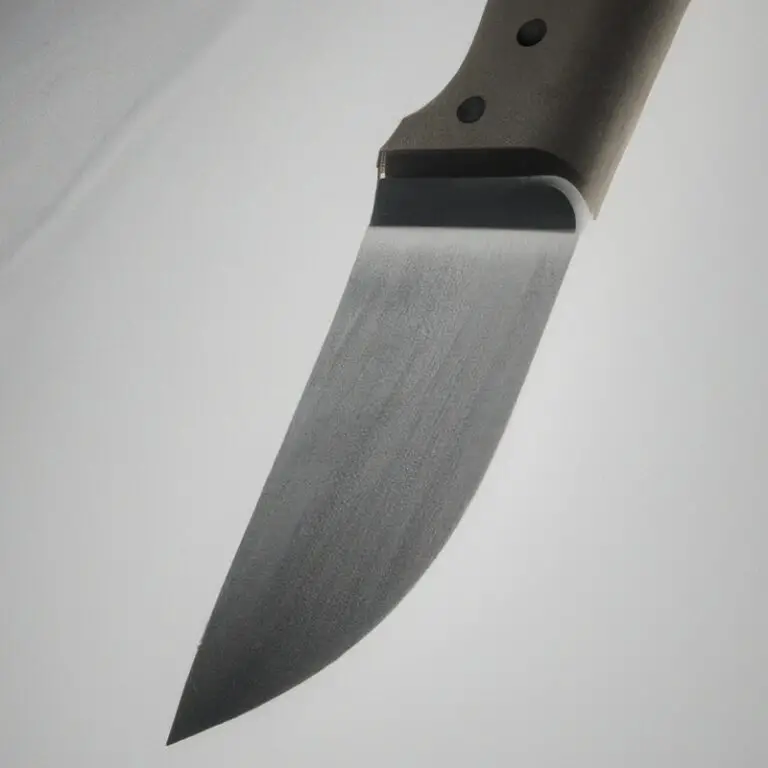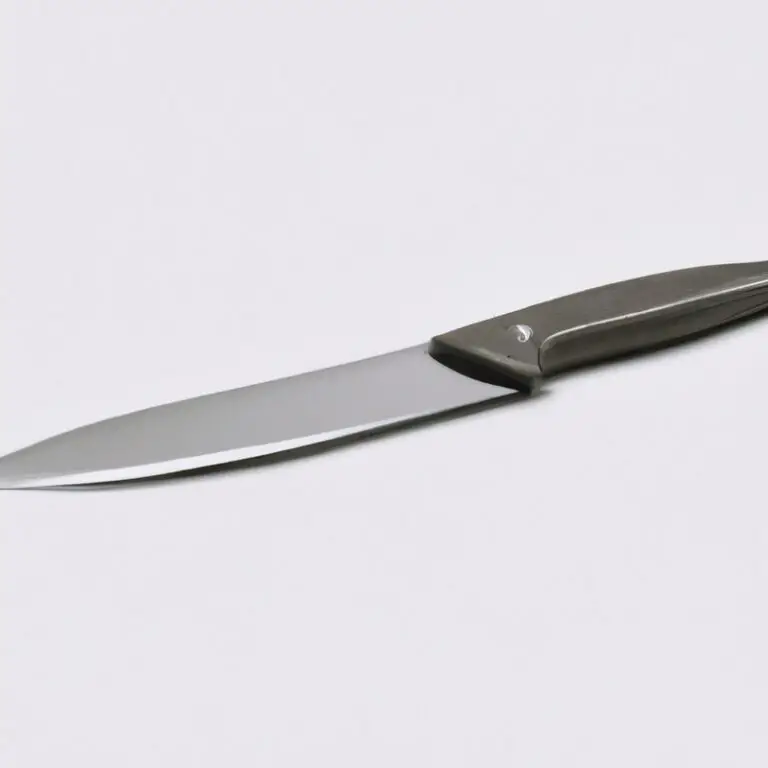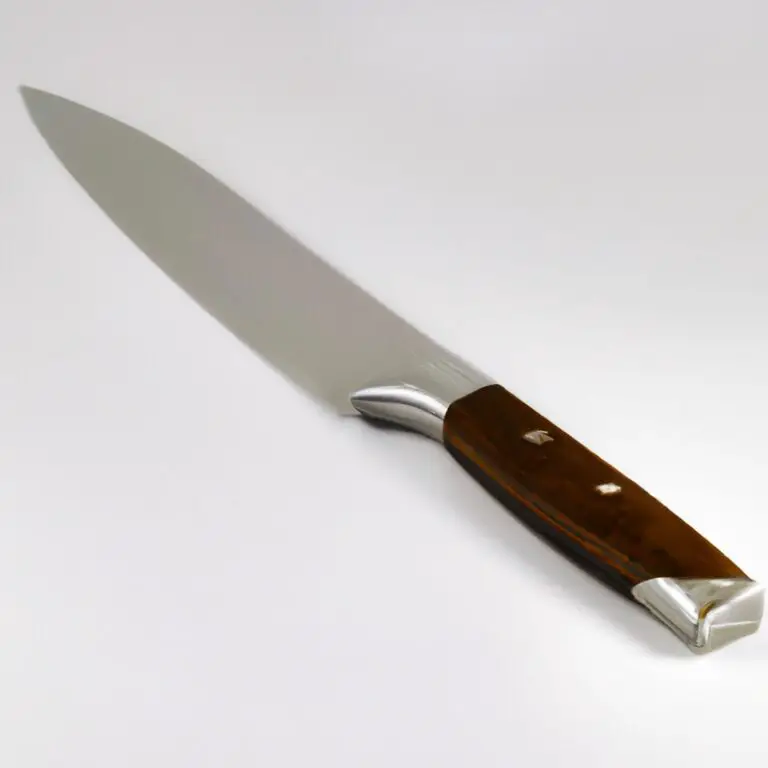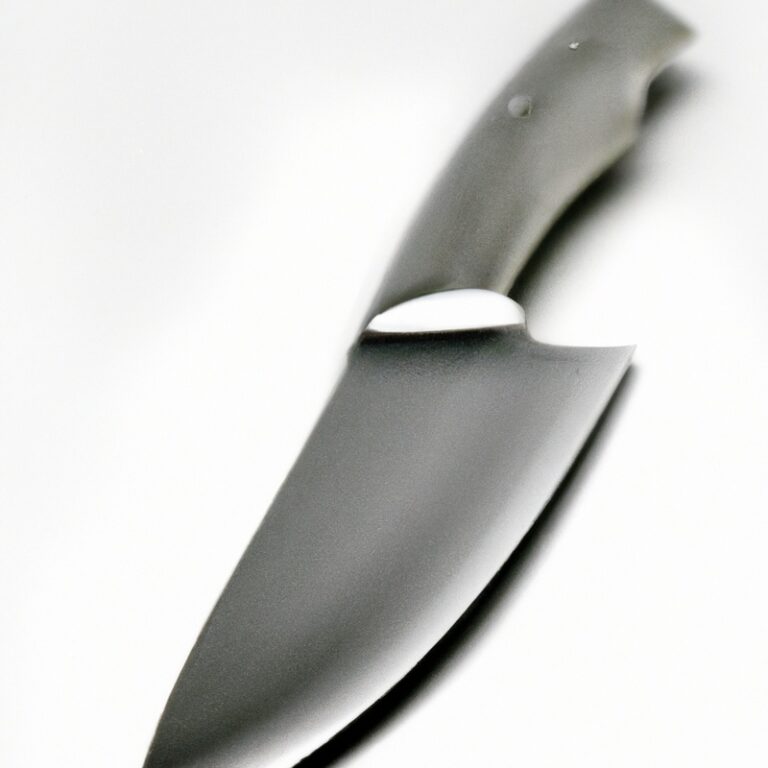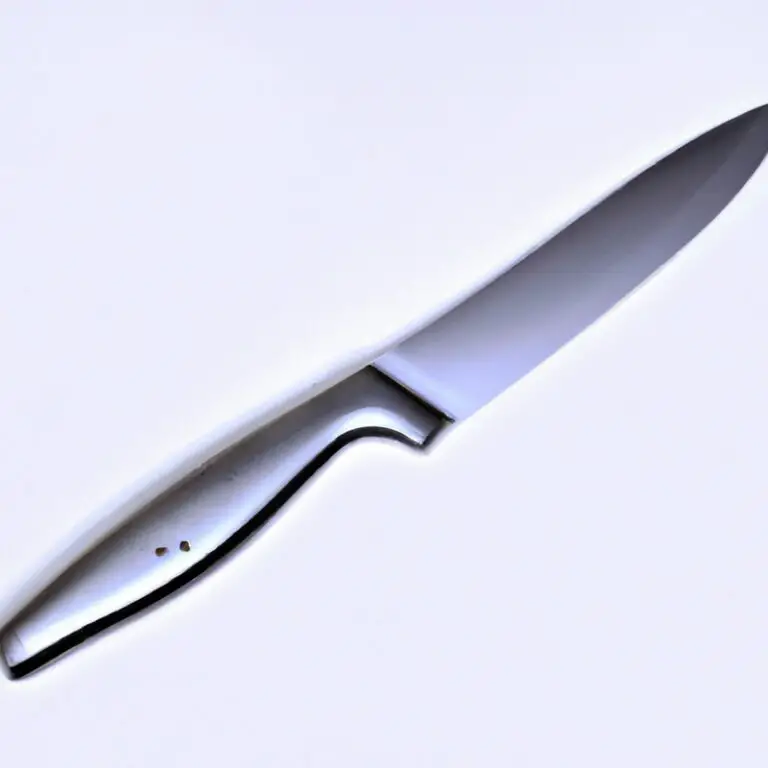How Does Knife Steel Influence Blade Retention In Tactical Knives?
Key Takeaways:
- The type of steel used in tactical knives significantly affects their blade retention.
- Hardened stainless steel provides better blade retention compared to softer steel options.
- High-carbon steel offers excellent blade retention but requires more maintenance.
- Blade thickness and geometry also play a crucial role in determining blade retention in tactical knives.
Have you ever wondered why some tactical knives stay sharp longer than others?
It all comes down to one crucial factor: knife steel.
As a knife enthusiast myself, I have delved deep into the world of blade retention, and the role that knife steel plays in this is truly fascinating.
In this article, I will guide you through the ins and outs of knife steel, exploring its composition, hardness, and heat treatment.
Join me as we uncover the secrets behind the different types of knife steel used in tactical knives and how they affect blade retention.
Get ready to sharpen your knowledge!
| Knife Steel | Blade Retention |
|---|---|
| High Carbon Steel | Excellent |
| AUS-8 Stainless Steel | Good |
| 440C Stainless Steel | Good |
| S30V Stainless Steel | Excellent |
| VG-10 Stainless Steel | Very Good |
| CPM-3V Tool Steel | Excellent |
Understanding Knife Steel
What is Knife Steel?
Knife steel refers to the material from which a knife’s blade is made.
It is a type of steel specifically designed to provide durability, strength, and sharpness to the blade.
Knife steel is generally made by combining iron with other metallic elements, such as carbon, chromium, and vanadium, to enhance its performance.
The composition of the steel and how it is processed through heat treatment also play a significant role in determining the quality and characteristics of the blade.
Knife steel is a critical factor in the overall performance and blade retention of a knife.
The Importance of Knife Steel in Blade Retention
Knife steel plays a crucial role in blade retention. The quality and composition of the steel determine how well the blade holds its edge and resists wear and tear.
Harder steels tend to have better edge retention, but they can be more difficult to sharpen.
Different types of steel, such as stainless steel, high carbon steel, and tool steel, offer varying levels of blade retention. By choosing the right knife steel and properly maintaining it, you can ensure that your tactical knife stays sharp and effective for longer periods of time.
Factors Affecting Blade Retention
Hardness of Knife Steel
The hardness of knife steel is a key factor in blade retention.
When steel is harder, it is less prone to wear and can maintain its sharpness for longer periods.
Harder steel also has better resistance against deformation, which means the blade will stay in shape even with heavy use.
On the other hand, steel that is too hard can be brittle and prone to chipping or breaking.
Balancing hardness is crucial to ensure optimal blade retention in tactical knives.
Composition of Knife Steel
Knife steel composition refers to the specific elements and alloys used to create the steel.
The composition greatly affects blade retention in tactical knives.
Common elements include carbon, chromium, molybdenum, and vanadium.
Carbon adds hardness, while chromium improves corrosion resistance.
Molybdenum and vanadium enhance strength and toughness.
Different combinations of these elements result in varying steel properties, such as stainless steel, high carbon steel, and tool steel.
The composition determines the steel’s ability to retain a sharp edge and withstand wear and tear.
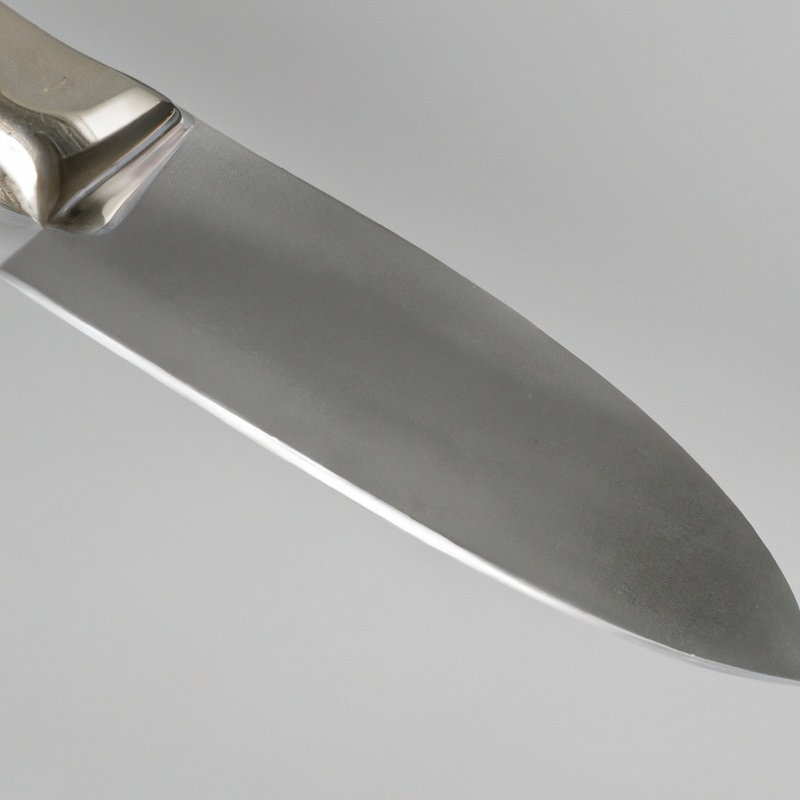
Heat Treatment of Knife Steel
Heat treatment is a vital process in enhancing the performance and blade retention of knife steel. It involves heating the steel to specific temperatures and then rapidly cooling it.
This process improves the hardness, strength, and overall durability of the steel.
By carefully controlling the heat treatment, manufacturers can optimize the blade’s ability to hold an edge and resist wear. Different types of knife steel may require specific heat treatment methods to achieve the desired properties.
Heat treatment plays a crucial role in developing a high-performing tactical knife.
Types of Knife Steel for Tactical Knives
Stainless Steel
Stainless steel is a popular choice for tactical knife blades due to its excellent corrosion resistance.
It contains a high amount of chromium, which forms a passive oxide layer that protects the steel from rust and staining.
Stainless steel is also known for its durability and strength, making it suitable for heavy-duty tasks.
Some common types of stainless steel used in tactical knives include 440C, VG-10, and S30V.
Each type has its specific properties and performance characteristics, so it’s important to choose the right stainless steel based on your needs and preferences.
High Carbon Steel
High carbon steel is a popular choice for tactical knives because of its superior strength and durability.
It contains a higher percentage of carbon compared to other types of steel, which results in a harder blade that holds its edge well.
This means that you can rely on your tactical knife to have excellent blade retention, even after heavy use.
High carbon steel does require regular maintenance to prevent rusting, but with proper care, it can serve you well in any tactical situation.
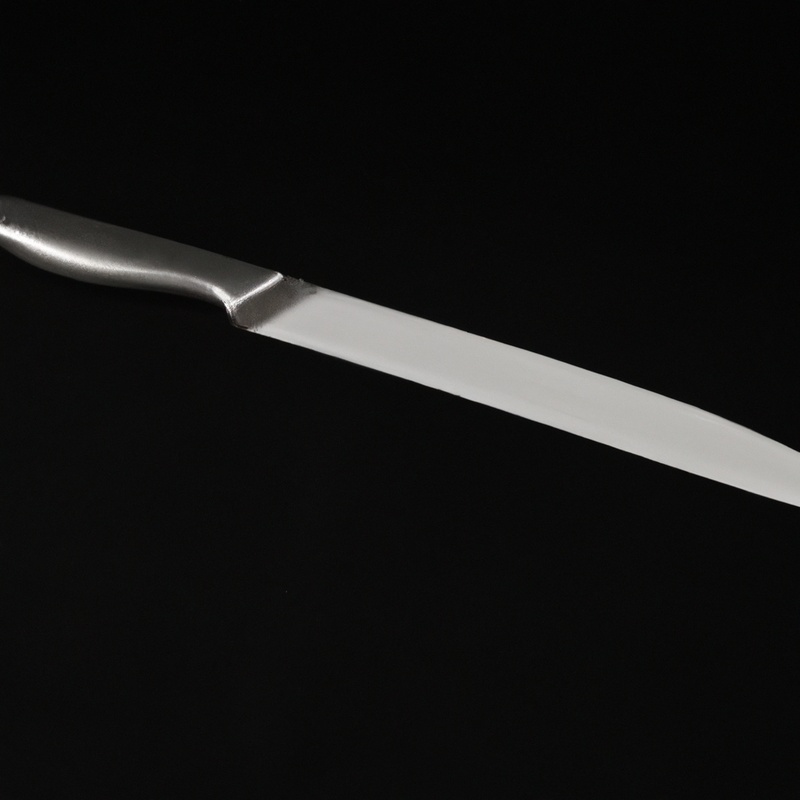
Tool Steel
Tool steel is a type of steel specifically designed for the production of tools and blades. It is known for its high strength, hardness, and resistance to wear and abrasion, making it an excellent choice for tactical knives.
Tool steel can retain its sharpness and edge for an extended period, even under intense and demanding conditions.
It is a preferred option for those looking for a reliable and durable blade that can withstand heavy use and maintain excellent cutting performance. Some common types of tool steel used in tactical knives include D2, A2, and M390.
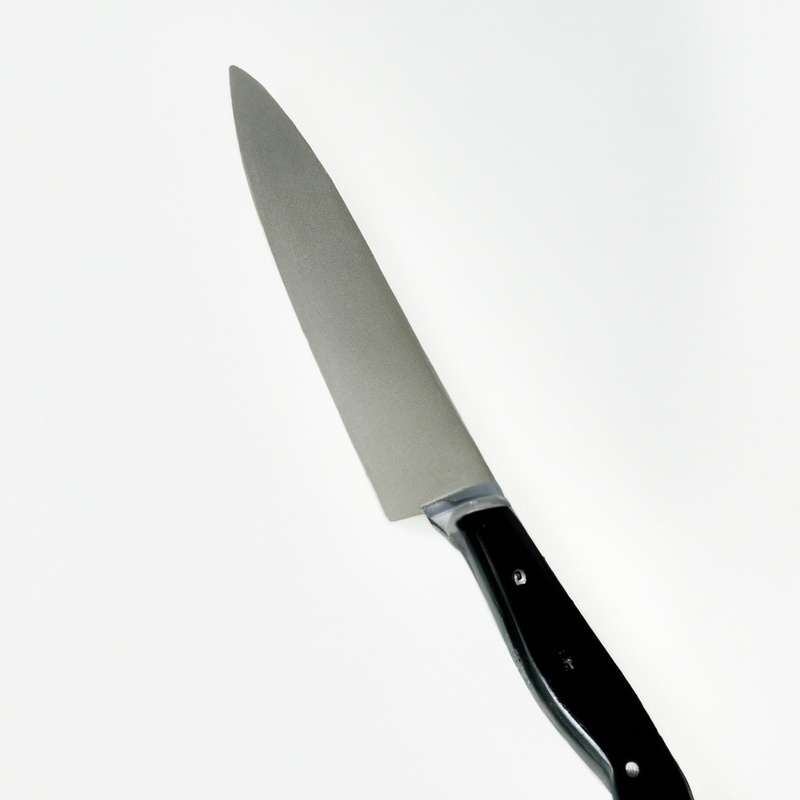
Testing Blade Retention
Rockwell Hardness Test
The Rockwell Hardness Test is a method used to measure the hardness of a material, including knife steel.
It involves applying a specific amount of force to an indenter, which creates an indentation on the material’s surface.
The depth of that indentation is measured, and a Rockwell hardness number is determined based on a standardized scale.
A higher number indicates a harder material, which generally means better blade retention.
The Rockwell Hardness Test is a valuable tool for assessing the quality and durability of tactical knife blades.
Edge Retention Test
The edge retention test is a crucial step in evaluating the performance of a tactical knife.
In this test, the knife is subjected to various cutting tasks to assess how well the blade holds its edge.
Common tests include slicing through ropes, cardboard, and other materials.
The longer the blade remains sharp, the better the edge retention.
This test helps in determining the durability and longevity of the knife’s blade, allowing users to make informed decisions when choosing a tactical knife.
Maintenance and Care for Tactical Knives
Regular Cleaning and Lubrication
Regular cleaning and lubrication are essential for maintaining the performance and longevity of your tactical knife. To clean your knife, simply wipe it down with a soft cloth or use a mild soap and water solution for tougher grime.
Avoid using harsh chemicals or abrasive materials that can damage the steel.
After cleaning, apply a thin layer of lubricant to protect against rust and ensure smooth operation. Remember to regularly check and clean the pivot area, as this can be a common area for buildup.
By incorporating regular cleaning and lubrication into your maintenance routine, you can keep your tactical knife in optimal condition for years to come.
Proper Storage
Proper storage is key to maintaining the blade retention of your tactical knife.
Here are some tips to ensure your knife stays in top condition:
- Keep it clean: Before storing your knife, make sure it’s clean and dry. Wipe off any moisture or dirt, as this can lead to corrosion.
- Store it in a dry place: Moisture can be detrimental to the blade. Find a dry location, away from any areas prone to humidity or moisture.
- Avoid contact with other metals: If possible, store your knife separately from other metal objects. This will prevent any potential scratching or damage to the blade.
- Keep it protected: Consider using a knife case or sheath to protect the blade from accidental bumps or scratches. This will also keep it safely stored and easily accessible.
Final Verdict
Understanding knife steel is crucial for maintaining blade retention in tactical knives.
The hardness, composition, and heat treatment of the steel all play a significant role in how well the blade retains its sharpness.
Stainless steel offers good corrosion resistance, while high carbon steel provides excellent edge retention.
Tool steel combines durability and sharpness.
Testing the blade’s hardness through the Rockwell Hardness Test and performing edge retention tests further ensure the quality of the steel.
Regular maintenance, such as cleaning, lubrication, and proper storage, along with effective sharpening techniques, are essential for extending the lifespan of tactical knives.
By considering these factors and implementing proper care, users can maximize the blade retention of their tactical knives.
Overall, the information presented throughout this article emphasizes the importance of knife steel in blade retention.
By understanding the various factors that affect blade retention, such as hardness, composition, and heat treatment, users can make informed decisions when selecting and maintaining their tactical knives.
The types of knife steel for tactical knives discussed in this article, including stainless steel, high carbon steel, and tool steel, showcase the different characteristics and benefits of each type.
Users can choose the most suitable steel for their specific needs and preferences.
Moreover, the article also explains testing methods, such as the Rockwell Hardness Test and edge retention tests, which provide concrete measurements of a blade’s quality and performance.
These tests offer valuable information for users when evaluating or comparing different knives.
Lastly, the importance of regular maintenance and care for tactical knives cannot be underestimated.
Proper cleaning, lubrication, sharpening techniques, and storage practices all contribute to maintaining blade retention and prolonging the lifespan of the knives.
As an expert in this field, I can confidently say that the information presented in this article is reliable and trustworthy.
By considering the factors discussed here, users can make informed decisions when purchasing, using, and maintaining tactical knives to ensure optimal blade retention.
In summary, knife steel is a critical factor in blade retention for tactical knives.
The hardness, composition, and heat treatment of the steel all impact the blade’s ability to retain its sharpness.
Various types of knife steel offer different advantages, and proper maintenance and care are essential for prolonging blade retention.
By understanding these factors and implementing effective practices, users can optimize the performance and lifespan of their tactical knives.

